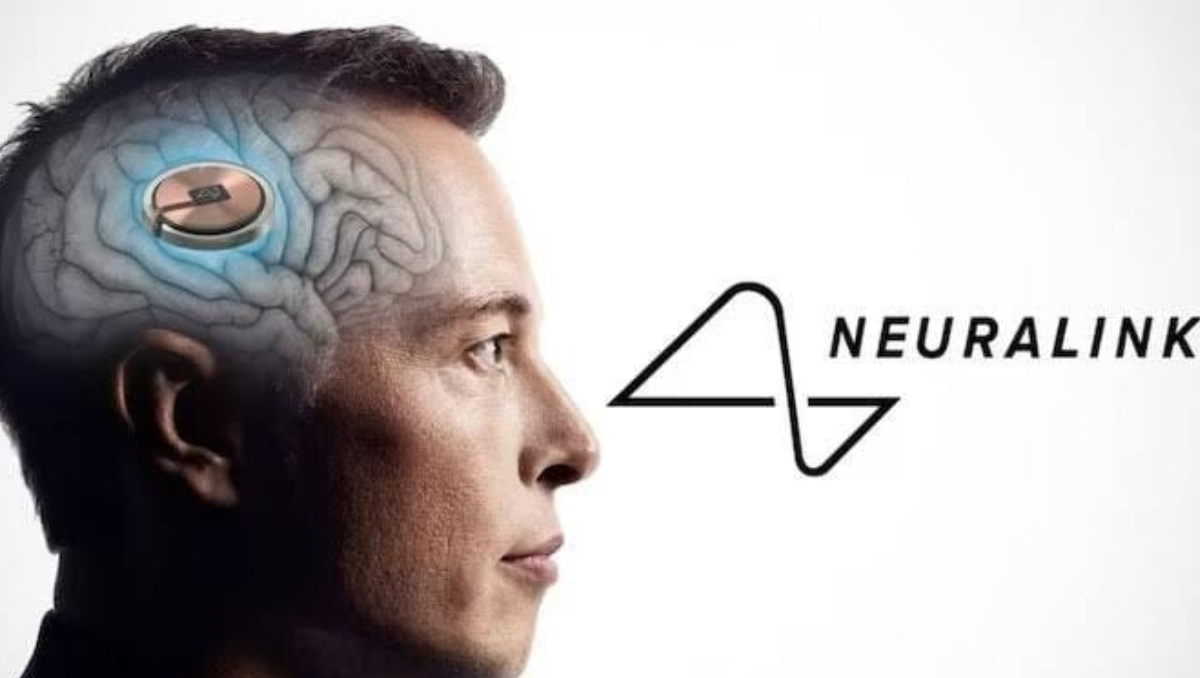Tech billionaire Elon Musk says he has successfully implanted a wireless brain chip in a human being through his company, Neuralink. He stated the patient was “recovering well” and that “promising” brain activity had been found following the treatment in a post on X, the previous Twitter platform. The startup wants to help treat complicated neurological diseases by using computers to interface with human brains. Similar gadgets have previously been implanted by other rival companies.
Clinical Experiment approval and volunteer criteria
The announcement was made many months after Neuralink started looking for suitable volunteers to participate in its clinical experiment. The experiment was approved by the Food and Drug Administration in May of last year. The business stated that it was looking to recruit individuals who are at least 22 years old and have quadriplegia as a result of either spinal cord injuries or amyotrophic lateral sclerosis (ALS), a disease that causes paralysis.
The “Link” Implant and Neuralink’s technology
The “Link” implant, which is roughly the size of five stacked pennies and is inserted into the human brain through invasive surgery, is the primary mechanism by which Neuralink’s technology functions. The California-based startup Neuralink, which employs over 400 people, raised at least $363 million last year, according to data provider Pitchbook. Despite grabbing most of the headlines, Musk is not the only one attempting to advance the subject of brain-machine or brain-computer interface research.
Competitors and Potential Collaborations
The billionaire, hit with delays, had inquired about a possible venture with implant maker Synchron. Its implant version does not require a skull incision to be installed, in contrast to Neuralink’s Link. According to Professor Anne Vanhoestenberghe from King’s College London, achieving the first human trial marks a significant milestone for any company involved in the production of medical devices. She emphasized that in the context of the brain-computer interface community, Neuralink’s accomplishment is noteworthy since only a few companies have successfully implanted their devices on humans, placing Neuralink among a relatively small group. However, she also emphasized the need for careful consideration, stating that determining “true success” requires an evaluation over an extended period.
Controversies Surrounding Neuralink’s Research
Previously, Neuralink has been embroiled in controversy over allegations regarding its research methodology and Musk’s portrayal of that work. As many as 12 monkeys were allegedly put to death as part of the company’s research, according to reports that surfaced in 2022 and 2023 saying that the company’s techniques had crippling effects on monkeys and other animals employed in testing.
In response to similar claims, Musk stated in September of last year that “no monkey has died as a result of a Neuralink implant,” noting that in the preliminary trials, “we chose terminal money (close to death already) to minimize risk to healthy monkeys.” Congressmen have requested that the Securities and Exchange Commission investigate Musk’s representation of Neuralink’s use of animals for implant testing, particularly about any potential overstatement of the implants’ commercial viability.
Revealing Neuralink’s Initial Product: Telepathy
In Another post on X, it was disclosed by Mr Musk that the initial product of Neuralink would be named Telepathy. He expressed that the capability of controlling phones, computers and nearly any device solely through thoughts would be achievable with Telepathy. He further mentioned that the initial users would be individuals who have experienced the loss of limb functionality.
Neuralink’s position in the Brain-Computer Interface Field
While Neuralink gained greater recognition as a result of Mr. Musk’s collaboration, several of his rivals had twenty years of expertise. In 2004, the first of several brain-computer interfaces was implanted by Blackrock Neurotech, a Utah-based business. One of Neuralink’s co-founders started Precision Neuroscience with the similar purpose of assisting paralysed people. Furthermore, the implant looks like a very thin piece of tape that lies on the brain’s surface. It says that implanting it through a “cranial micro-slit” is a far easier procedure.
Results have also been produced with current equipment. Implants were utilized in two different recent US scientific investigations to track brain activity during speech attempts, which might then be processed to facilitate communication.
